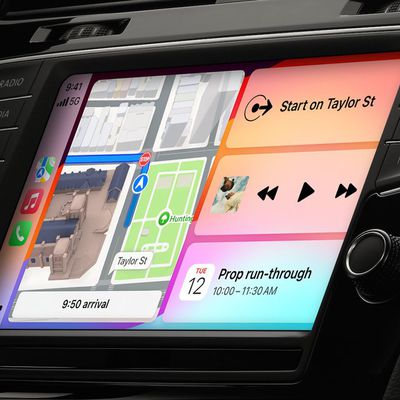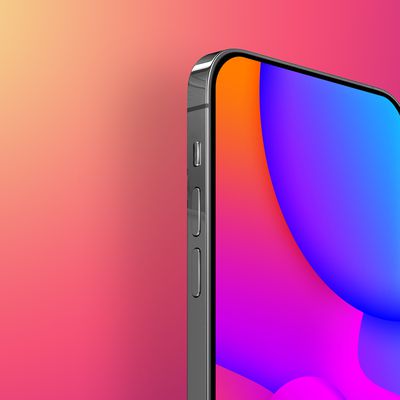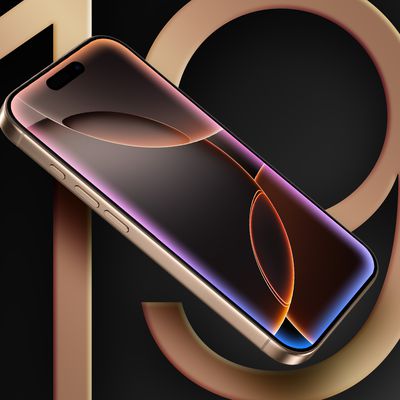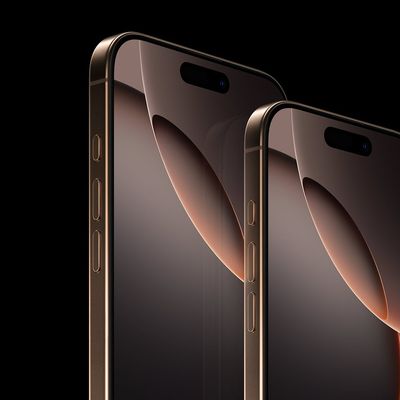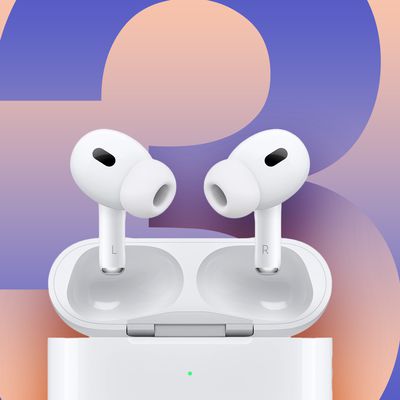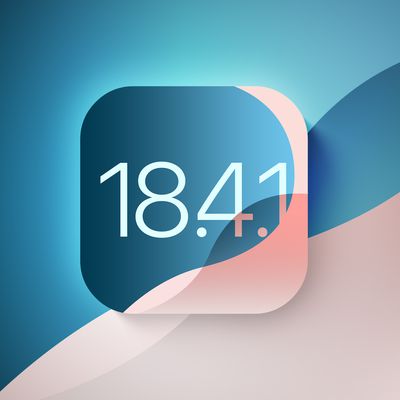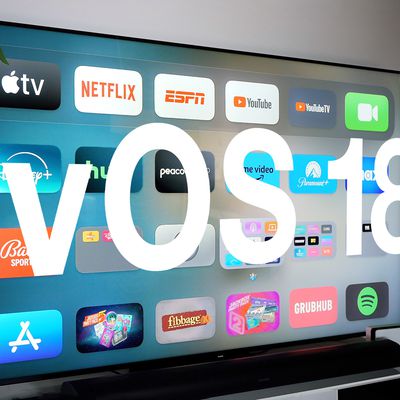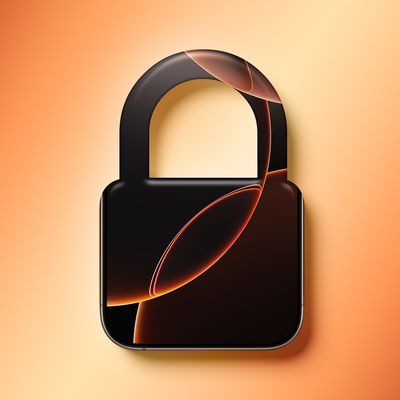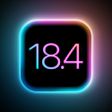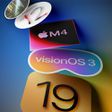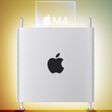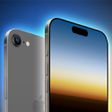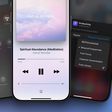New Nano-SIM Standard Approved, 40% Smaller Than Micro-SIM
As noted by The Verge, the European Telecommunications Institute (ETSI) today announced it has adopted a standardized design for the next-generation "nano-SIM". The new design is 40% smaller than the current micro-SIM standard.
Today's SIM card designs take up a significant amount of space inside a mobile device. This space is more and more valuable in today's handsets which deliver an ever increasing number of features.
The fourth form factor (4FF) card will be 40% smaller than the current smallest SIM card design, at 12.3mm wide by 8.8mm high, and 0.67mm thick. It can be packaged and distributed in a way that is backwards compatible with existing SIM card designs. The new design will offer the same functionality as all current SIM cards.
The design selection was heavily contested, with a proposal from Apple being opposed by a number of other mobile phone manufacturers despite Apple having the support of many European carriers. As the selection process continued, Apple slightly tweaked its design while the opposing carriers made changes to their own proposal that brought their design much closer to Apple's.
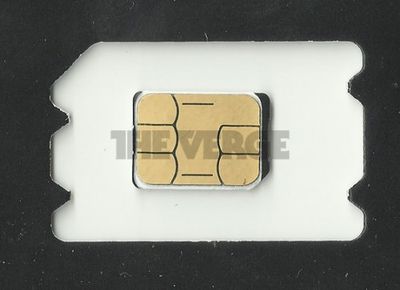 Prototype of Apple's proposed nano-SIM design inside outline of a mini-SIM card (Source: The Verge)
Prototype of Apple's proposed nano-SIM design inside outline of a mini-SIM card (Source: The Verge) notes that by the time final selection was made the only difference in external design between the two proposals was a notch included in the side of the card proposed by the coalition of manufacturers opposing Apple. And with the ETSI yet to publish any other details on the approved design beyond overall measurements, it is not yet clear which design won out.
Unfortunately, both Apple's design and the more recent Motorola / RIM compromise design are exactly the same exterior dimensions — the only difference is that the update submitted by Apple's competitors includes an extra notch to enable so-called "push-push" mechanisms in SIM slots that wouldn't necessitate a tray. Until ETSI publishes the specs, we won't know which of the two was chosen.
The ETSI specifically refused to comment on which group's design was chosen, noting only that a collective decision by the industry yielded the final standard.
Update: IDG News Service reports that Apple's design was indeed the winning standard.
Apple has won a battle over the standard for a smaller SIM card, use of which would leave more room for other components in future phone designs. [...]
ETSI isn’t releasing any further details of the vote or the winning specification, only saying that the decision had been made, according to a spokesman at the standards organization. The proposer of the winning specification was identified by card maker Giesecke & Devrient, which had a representative on the committee.
Popular Stories
If you have been experiencing issues with wireless CarPlay in your vehicle lately, it was likely due to a software bug that has now been fixed.
Apple released iOS 18.4.1 today, and the update's release notes say it "addresses a rare issue that prevents wireless CarPlay connection in certain vehicles."
If wireless CarPlay was acting up for you, updating your iPhone to iOS 18.4.1 should...
Apple is preparing a "bold" new iPhone Pro model for the iPhone's 20th anniversary in 2027, according to Bloomberg's Mark Gurman. As part of what's being described as a "major shake-up," Apple is said to be developing a design that makes more extensive use of glass – and this could point directly to the display itself.
Here's the case for Apple releasing a truly all-screen iPhone with no...
The first iOS 19 beta is less than two months away, and there are already a handful of new features that are expected with the update.
Apple should release the first iOS 19 beta to developers immediately following the WWDC 2025 keynote, which is scheduled for Monday, June 9. Following beta testing, the update should be released to the general public in September.
Below, we recap the key...
While the iPhone 17 Pro and iPhone 17 Pro Max are not expected to launch until September, there are already plenty of rumors about the devices.
Subscribe to the MacRumors YouTube channel for more videos.
Below, we recap key changes rumored for the iPhone 17 Pro models as of April 2025:
Aluminum frame: iPhone 17 Pro models are rumored to have an aluminum frame, whereas the iPhone 15 Pro and ...
Apple's iPhone development roadmap runs several years into the future and the company is continually working with suppliers on several successive iPhone models simultaneously, which is why we often get rumored features months ahead of launch. The iPhone 17 series is no different, and we already have a good idea of what to expect from Apple's 2025 smartphone lineup.
If you skipped the iPhone...
Despite being more than two years old, Apple's AirPods Pro 2 still dominate the premium wireless‑earbud space, thanks to a potent mix of top‑tier audio, class‑leading noise cancellation, and Apple's habit of delivering major new features through software updates. With AirPods Pro 3 widely expected to arrive in 2025, prospective buyers now face a familiar dilemma: snap up the proven...
Apple today released iOS 18.4.1 and iPadOS 18.4.1, minor updates to the iOS 18 and iPadOS 18 operating systems that came out last September. iOS 18.4.1 and iPadOS 18.4.1 come two weeks after the launch of iOS 18.4 and iPadOS 18.4.
The new software can be downloaded on eligible iPhones and iPads over-the-air by going to Settings > General > Software Update.
There have been complaints about ...
Apple today released tvOS 18.4.1, a minor update to the tvOS 18 operating system that came out last September. tvOS 18.4.1 comes two weeks after Apple released tvOS 18.4, and it is available for the Apple TV 4K and Apple TV HD models.
tvOS 18.4.1 can be downloaded using the Settings app on the Apple TV. Open up Settings and go to System > Software Update to get the new software....
Apple has quite a few security features that it's added to iPhones, iPads, and Macs over the years. Now more than ever, it's important to make sure you're taking advantage of the built-in security tools that are available to keep yourself and your data safe, so we've rounded up a list of the most important options.
If you don't already have these enabled, you might want to consider turning...



